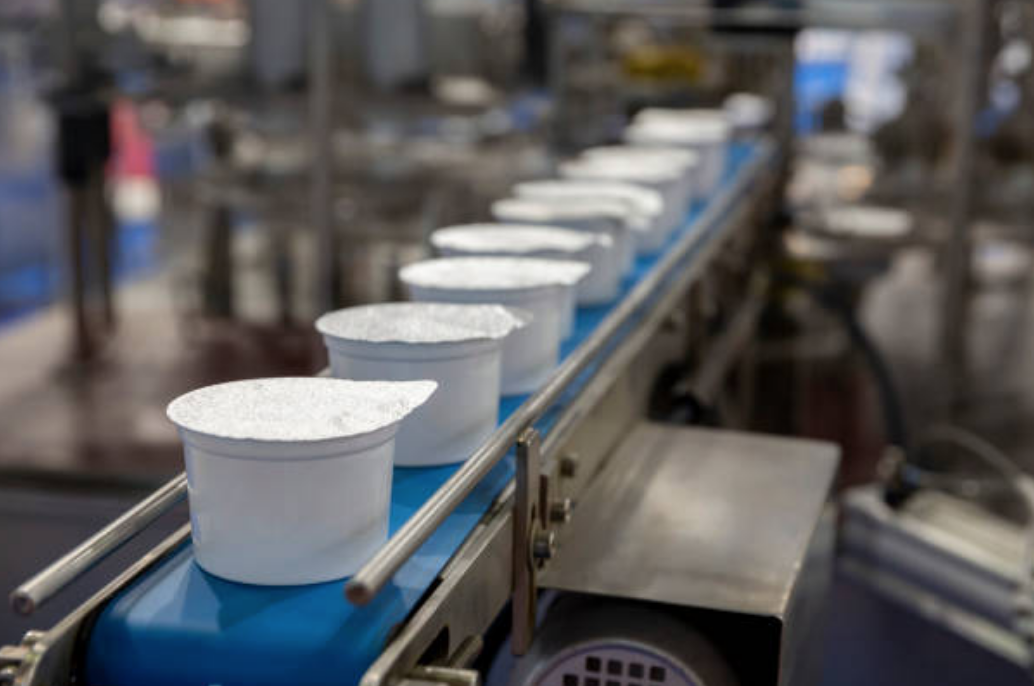5 Easy Ways to Manage Your CIP Requirements
Sign Up for Maintenance Tips
Posted on Aug 5, 2021 10:26:00 AM by Penny Vander Velden | 4 min. read
At AGC Heat Transfer, we pride ourselves on being the top supplier of sanitary plate heat exchangers in North America. Our ProFlow series plates are the fruits of over 25 years of innovation, which continues as we speak.
Heat transfer plates have an important job, and like any other part, they need regular maintenance to run at peak performance. Since you want the largest ROI possible, extending the life of your heat transfer plates will lock in the most bang for your buck.
While the path to maximizing profits isn’t a straight line, preventative maintenance is a common-sense practice that strengthens a company’s day-to-day operations.
Below is a checklist of five protocols that will help extend the life of your heat transfer plates.
1. Practice Recommended Clean-in-Place Measures
Adhering to clean-in-place measures (CIP) is a simple, cost-effective way to keep tabs on the condition of your heat plate exchanger.

If your plate heat exchanger unit has a high turbulent flow, long exposure to high temperatures and hard water can cause sediment buildup over time.
Most CIP systems involve draining and isolating the fluids, then flushing the system until it runs clear. This method of cleaning requires the least amount of labor because it requires no tools, unlike loosening a gasket or opening up the plate deck.
CIP measures are effective and relatively quick, but should never totally replace in-depth maintenance by a professional.
2. Clean Your Plates
Clean-in-place measures are great for everyday operations, but occasionally your heat transfer plates will require a deep clean or need to be replaced altogether. It's important to keep spare plate packs on your facility's shelf or inventory list.
The timeline of each manual cleaning is based on your unit’s or industry’s metrics. Tests have shown that heat transfer plates with significant scaling can decrease thermal performance by over five percent.
Loosening the bolts and cleaning each individual plate is one of the only ways to ensure that your unit is free of excess mineral sediment and leaks. In most cases, you should be able to keep your plates spotless by simply applying a mild cleaning agent, then rinsing with water and drying with a nylon cloth.
The majority of heat plates are made from stainless steel, so there’s a negligible risk of rust as long as you keep any abrasive tools (like a steel brush) far away from the plates.
And if that process doesn’t work in your schedule or sound like something you would like to tackle, then send in your platepack and we will clean, leak test and regasket them for you!
3. Adhere to Regular Preventative Maintenance
Just because your unit seems to be working fine on the outside does not mean you should forgo any regular preventative maintenance, or overlook the benefit of keeping spare parts onsite. Replacing a $5 gasket is more practical than two days of downtime awaiting a replacement shipment.
Plate heat exchangers are high-performance machines that are subject to wear and tear from years of use. Thermal stress is a common problem that can affect the lifespan of every heat transfer plate, and a professional technician is the only person you should trust to conduct such invasive maintenance.
A professional technician brings the experience necessary to detect any nuances and “known unknowns” that present themselves during the troubleshooting process.
Sticking to a preventative maintenance schedule also helps your team reduce uncertainty about the future. Unscheduled maintenance is always a surprise, and much more costly.
4. Request a Free Fluid Sample Analysis
Fluids in a heat plate exchanger are vulnerable to thermal stress or oxidation, both of which accelerate when temperatures exceed 300 degrees Fahrenheit. A fluid sample analysis is a great way to catch any problems (like particulate fouling or biological growth) before they compound into a performance issue that causes serious downtime.
Alongside preventative maintenance, we recommend that you request a fluid sample analysis from our rheology lab to ensure the lifespan and health of your unit—AGC conducts customer sample analysis for free.
We'll provide you with an exclusive report that will help you determine whether your current plate heat exchanger streaming is appropriate for the fluids you are running through it. If it is not the most efficient process, we will provide restreaming recommendations to get you there. And if you aren't sure if you need rheology testing, we have a quick quiz that can help you decide!
5. Keep Records for Ease of Audits and Future Planning
Once you receive your report from the fluid analysis laboratory, keep it in a location that can be easily referenced.
Since heat plate exchangers are built to last, you’ll be conducting maintenance on this unit for years to come. There’s even a chance that the person in charge of servicing your unit will be replaced, so the more detail you can add to your records, the less stressed their replacement will be.
Your records should include the make and model of your unit, an inventory of all available spare parts, and the number of plates and gaskets currently in the unit. Add as many categories as you’d like, but at least stick to this bare minimum.
If you’re diligent with your records, your added preparedness will save you time and money when you schedule your next maintenance appointment.
Diligence Pays Off
“Kicking the can down the road” is not a long-term strategy. It’s better to solve small predictable problems over time than one giant, uncontrollable mess right now.
If you want to learn more about how to maximize the lifespan of your heat transfer plates, contact ACG Heat Transfer today.
A quick service quote from one of our expert technicians is just an email away.
Topics: Maintenance | Service

